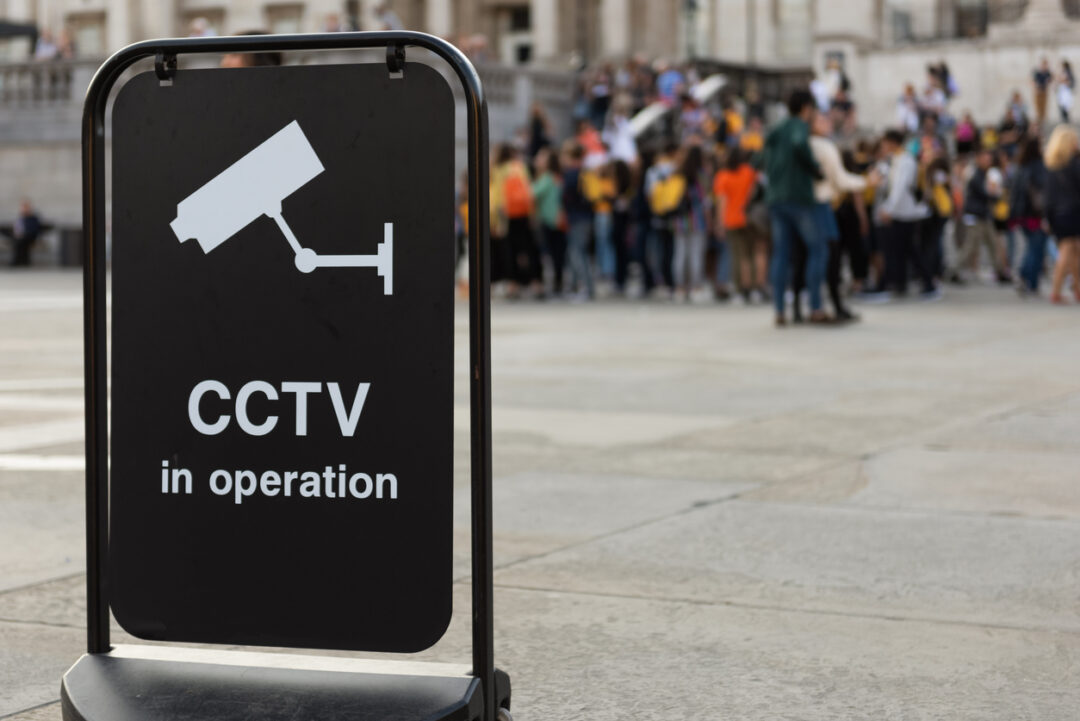Barcelona (Spain), February 2017 — Designing public policies is not an easy task. In theory, it involves establishing a diagnosis on the basis of which objectives and actions can be set and implemented, prior to evaluating the results. On top of the tools and instruments that public administrations already had, social media have emerged in recent years as new elements that can be used in each phase of public policy making. Indeed, they allow for better data collection and better information to be used for diagnosis and evaluation, which opens the door to new types of action.
Concerning security policy making, a good diagnosis will include measures of the different levels of security, both objective and subjective, in society. These two elements can also be used as criteria for evaluating the results of policies that have already been implemented.
Improving objective security assessment
When measuring objective security, the most used data is the number of crime known by the police. However, such data have limitations that should be taken into account when analysing and comparing them. The main one is that not all offences are brought to the police, among other reasons because victims do not deem them important enough, or because they do not know they are offences, or because they do not trust the institutions (either the police or the justice system).
Apart from this dark figure of crime (or rather dark figures in plural because the percentage of crimes not reported to the police can vary greatly depending on the nature of the offence), other issues must be taken into account when interpreting police statistics. Two are particularly important: data entry errors, and errors due to incorrect information provided by the complainant (whether out of ignorance or undetected falsehoods).
Some social media initiatives can contribute to complementing or improving the collection of data currently used to measure objective security. Some were presented during the “Everyday Security” workshop organised by the European Forum for Urban Security (Efus) in the framework of the Medi@4sec project, in November 2017 in Barcelona.
Some initiatives of social media use by the police, such as Catalonia’s regional police, the Mossos d’Esquadra, can lead citizens to perceive them as being closer to the population, which in turn can reduce the number of people who do not file a complaint because of their lack of trust in the force. Furthermore, interactions with the police through social media can also prove useful to obtain indicators to measure the efficiency of some policies.
Apps to encourage reporting
The apps made available to the public by some law enforcement agencies, such as M7 or BART!, are new communication channels which, apart from building trust in the institutions, can result in increased number of complaints to the police. Furthermore, if these apps facilitate the filing of complaints and are synced with mobile devices, the number of data entry errors could be reduced.
On top of using social media to gather information for work related to intelligence or criminal, investigation, it is reasonable to envisage monitoring social networks in order to detect crimes that have not been denounced. However, this option is still limited because the information published on social media is usually more incomplete than that given for crimes which have been reported (notably because of the limit in the number of characters or the small number of messages that are geolocalised on Twitter).
Measuring the subjective feeling of security
Victimisation surveys remain the most useful tools to reveal part of the dark figures of crime. Furthermore, they help gather information on the population’s subjective feeling of security. However, such tools are not perfect either and have shortcomings, such as the cost of conducting a survey with a sample representing the whole of a territory, or the difficulty in comparing results with police statistics. But even though questions of method and of representativity of the population require further analysis, social media can help measure this subjective security through the analysis of perceptions, either through more or less constant social media monitoring, or in case of punctually disruptive events such as demonstrations or riots. These media can also be used to measure whether messages issued by police have an effect on the feeling of security of the recipients.
We don’t know how long social media will remain among us, but the fact that they are widely adopted by citizens should lead the administration to take them into account when implementing their policies, including those related to security. In this sense, projects such as Media@4sec are vitally important to analyse their influence and usefulness in the development of public actions related to security.
Santi Herrero Blanco- Analyst Department of Interior- Generalitat of Catalonia
–
More information about the Medi@4sec project here
![]() MEDI@4SEC is funded by the Horizon 2020 Framework Programme of the European Union.
MEDI@4SEC is funded by the Horizon 2020 Framework Programme of the European Union.



